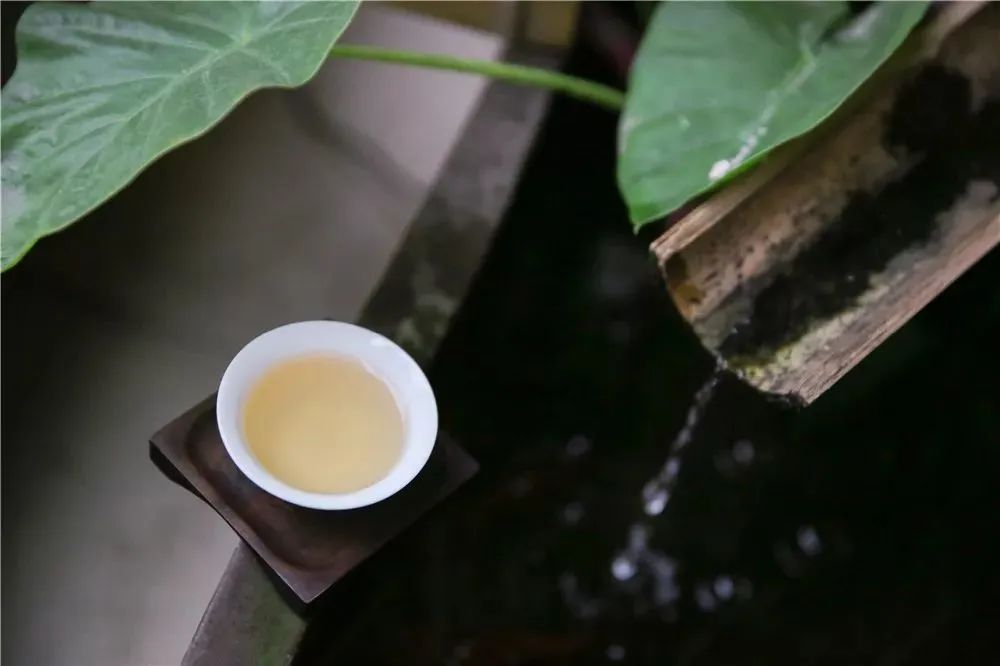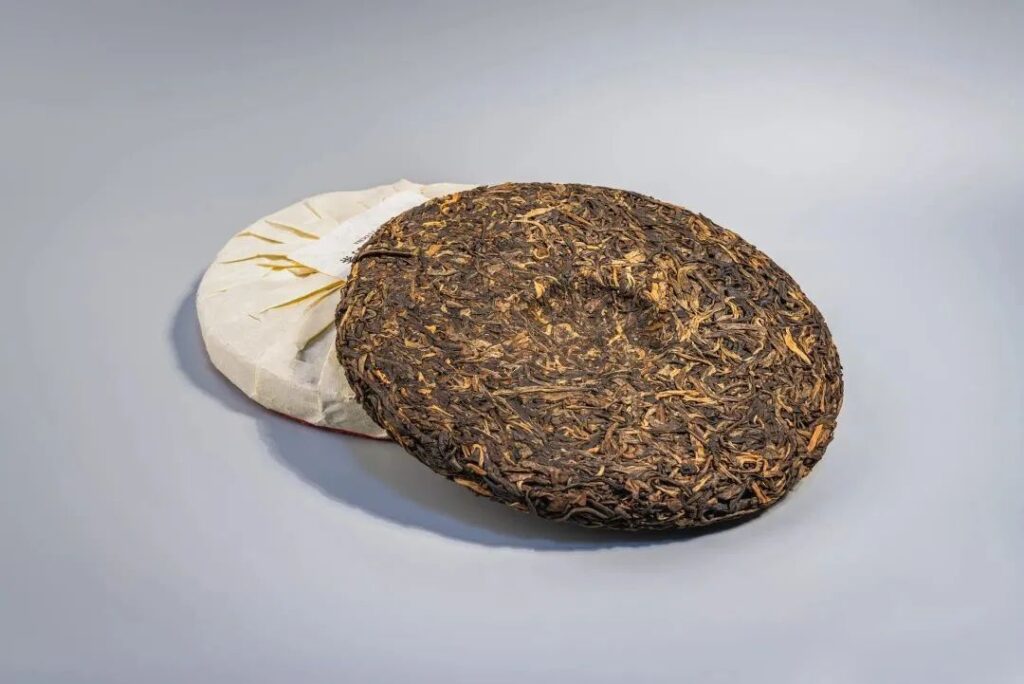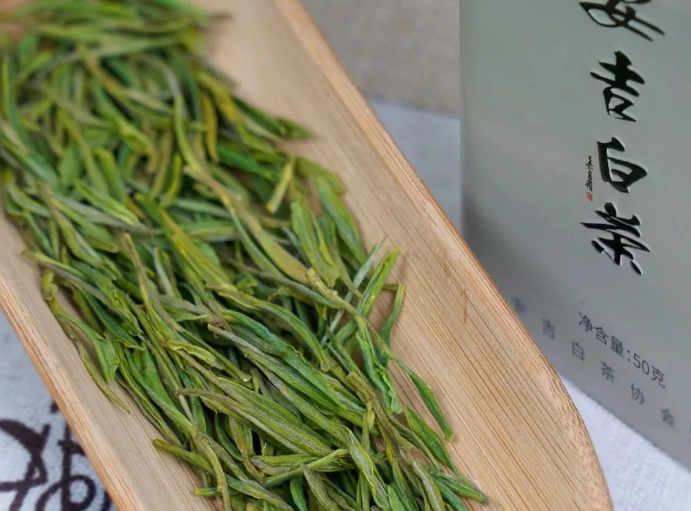Tea, especially the rare and good ones, isn’t meant to be consumed in just a few sips. Although most households won’t have an entire room dedicated to tea storage, there are usually several types of tea to cater to the family’s preferences, not to mention the teas gifted by friends and relatives, which can accumulate to several kilograms. If the leftover tea is carelessly discarded, it can easily lose its flavor.
After some time, when you take it out to drink again, it may no longer have the original taste! Sometimes, if not stored properly, one might even think that a friend has gifted poor-quality tea… The ship of friendship can capsize easily! Therefore, how to store tea well within its shelf life to maintain its optimal freshness has become a necessary topic for tea enthusiasts. How can we properly store these precious leftover teas?01 Avoid light, prevent odors, and protect from moisture. It is said that tea storage requires strict control of temperature and humidity. However, most households won’t create a professional tea storage room to control the temperature and humidity as strictly as tea factories do. Sometimes, good tea that can’t be finished in a short time is carelessly left on dining tables or coffee tables, and after a while, you might find it has grown mold! Or it has directly taken on other flavors! Tea fears moisture, light, and odors.
Therefore, it should not be casually left open or thrown around, nor should it be placed directly in the refrigerator or storage cabinet with a bunch of miscellaneous items, as it can easily be contaminated by odors. Some tea friends have many special cans for tea storage. In fact, for some well-packaged teas that can be consumed within about half a year, simply buying a seal clip for a few dollars on Taobao and clipping it closed before returning it to the original packaging can preserve it very well. .. If it’s loose tea that won’t be finished in a short time, it should be promptly placed a into container, while also paying attention to the following points: 1. Airtight to prevent odors – The better the airtightness of the container, the easier it is to maintain the quality of the tea, and the longer the tea can be preserved inside the container. 2. Light protection – Under direct sunlight, phenolic compounds and chlorophyll are more prone to oxidation, which can cause the tea to change color and deteriorate. The more direct the sunlight, the more noticeable this change becomes. It is essential to use non-light-absorbing cans, sealed and placed in cabinets or cupboards. If using cans, tubes, or boxes to store tea, avoid placing them on tables or cabinet tops, windowsills, or other places that receive long-term light exposure to prevent the impact of light on tea quality. 3. Keep dry and moisture-free – The more moisture in the tea, the less easily it can be preserved, so tea must not be damp. Containers for holding tea may not be completely airtight, but placing them in a dry place reduces the chance of moisture absorption, which is beneficial for tea preservation.Tea storage vessels should not be placed in areas with excessively high temperatures. During the hot summer months, especially in the southern regions, it is crucial to store tea in cool and dry locations. If your residence is on a lower floor and situated in the south, or if there is a possibility of water accumulation in the tea storage area, it is not advisable to place tea directly on the ground. Instead, it is best to store it in a multi-tiered cabinet, at a higher elevation, or in a separate small compartment.
When storing tea, it is important to ensure good airflow. It is not recommended to smoke in the area where tea is stored. Keep the tea away from toilets and kitchens to prevent the tea from absorbing impurities from the air. If the tea is in its original packaging, it is advisable to store it with the packaging intact, as tea brands often invest effort into their original packaging. Additionally, the vessel used for storing tea must be clean and odor-free to prevent the tea from becoming tainted or spoiled. Not all teas are suitable for refrigerated storage. Some tea enthusiasts prefer to store their tea in the refrigerator, but not every type of tea is suitable for low-temperature storage. Even if a tea is suitable for low temperatures, it should not be stored in a regular household refrigerator used for vegetables, as this can ruin the tea. For instance, Jasmine tea and White tea, when stored in low temperatures for extended periods, can lose their original bright and high fragrance. As for Pu-erh tea, its value is largely derived from its aging process, and low temperatures can put the enzymatic activity into a dormant state. Which teas are suitable for low-temperature storage? Those that need to maintain freshness or aromatic activity, such as Green tea or lightly scented Tieguanyin, are best suited for temperatures between 0 to 5 degrees Celsius. However, when tea is removed from and then returned to a low-temperature environment, rapid temperature changes can cause the tea to absorb moisture, increasing its water content, which is not conducive to the tea’s consumption and storage. Therefore, it is best to divide the tea individual into packages, taking one package at a time for consumption. For those who store Pu-erh tea, which requires aging, it is important to pay attention to details. 1. Humidity should not be too high or too dry. High humidity can lead to spoilage and mold growth, while overly dry conditions can slow down the tea’s transformation.2. Temperature Fluctuations Must Be Avoided
When storing Pu-erh tea, it is best to avoid places with sudden temperature changes. If the temperature is too high or the temperature difference changes abruptly, it will affect the liveliness of the tea soup’s water quality and its taste. It is advisable to keep a thermometer and hygrometer at home to monitor the temperature and humidity at all times. If the environment is too humid, use air conditioning to dehumidify, or purchase a small dehumidifier. If it is too dry, use a humidifier. Generally, for home storage, it is best to maintain the room temperature between 10 and 30 degrees Celsius, and the indoor humidity between 30% and 70%. Tea enthusiasts in the south need to be more attentive, especially during the rainy season, to dehumidify promptly and disperse moisture. Using quicklime for dehumidification is also effective, but it is a one-time use, and you will need to replace it after use. Some people use moisture absorbers from supermarkets, but they usually have a strong scent, so it is not recommended. 3. Preventing Contamination from Odors Tea is highly absorbent of odors. A handful of dry tea leaves can absorb any unpleasant smells from the air, so it is crucial to ensure that the storage environment is clean and odor-free. May every tea leaf have a perfect journey.


